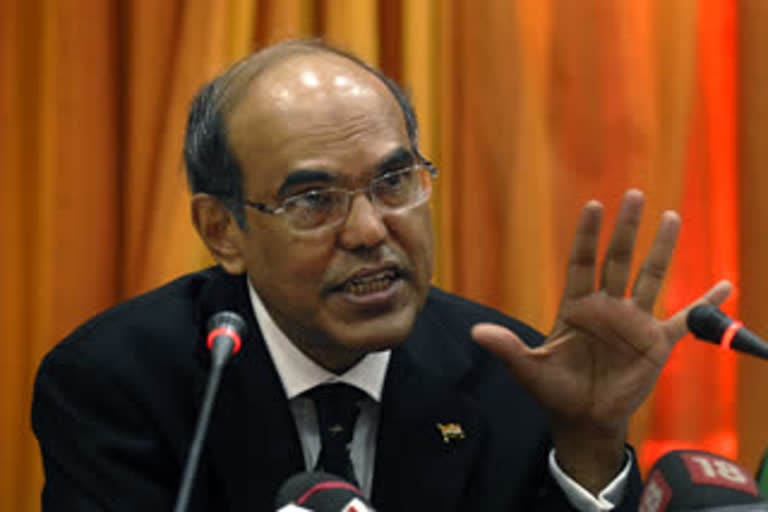New Delhi: The central bank can directly print money and finance the government, but it should avoid doing so unless there is absolutely no alternative, former RBI governor D Subbarao on Wednesday said while pointing out that India is 'nowhere' near such a scenario.
In an interview with PTI, Subbarao suggested that to deal with the second wave of COVID-19 induced slowdown in the economy, the government can consider Covid bonds as an option to raise borrowing, not in addition to budgeted borrowing, but as a part of that.
"It (RBI) can (print money) but, it should avoid doing so unless there is absolutely no alternative. For sure, there are times when monetisation – despite its costs - becomes inevitable such as when the government cannot finance its deficit at reasonable rates. "We are nowhere near such a scenario," he said.
India's economy contracted by less-than-expected 7.3 per cent in the fiscal ended March 2021. For 2021-22, the deficit has been put at 6.8 per cent of the GDP, which will be further lowered to 4.5 per cent by 2025-26.
The Reserve Bank has lowered the country's growth projection for the current financial year to 9.5 per cent from 10.5 per cent estimated earlier, amid the uncertainties created by the second wave of the coronavirus pandemic, while the World Bank on Tuesday projected India's economy to grow at 8.3 per cent in 2021.
Read More:Time has come to print money: Uday Kotak suggests government
According to Subbarao, when people say the RBI should print money to finance the government's deficit, they don't realise that the central bank is printing money even now to finance the deficit, but it is doing so indirectly.
For example, he said, when the Reserve Bank of India buys bonds under its open market operations (OMOs) or buys dollars under its forex operations, it is printing money to pay for those purchases, and that money indirectly goes to finance the government's borrowing.
"The important difference though is this when RBI is printing money as part of its liquidity operations, it is in the driver's seat, deciding how much money to print and how to channel it into the system," the former governor noted.
In contrast, Subbarao said, monetisation is seen as a way of financing the government's fiscal deficit, with the quantum and timing of money to be printed being decided by the government's borrowing requirement rather than the RBI's monetary policy.
"That will be seen as RBI losing control over the money supply, which will erode the credibility of both the RBI and the government with costly macroeconomic implications," he observed. The RBI's monetisation of fiscal deficit means the central bank printing currency for the government to take care of any emergency spending to bridge its fiscal deficit.
